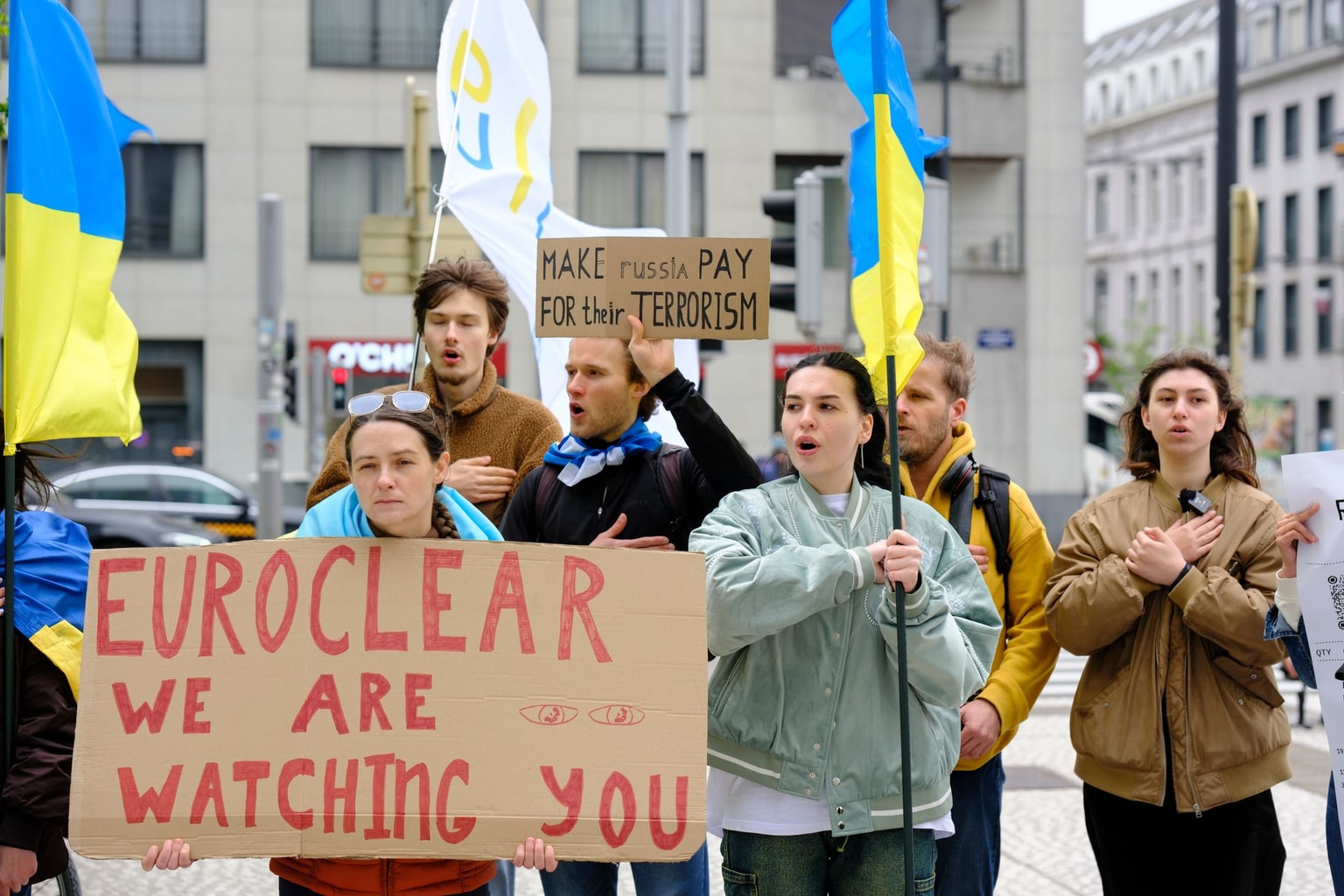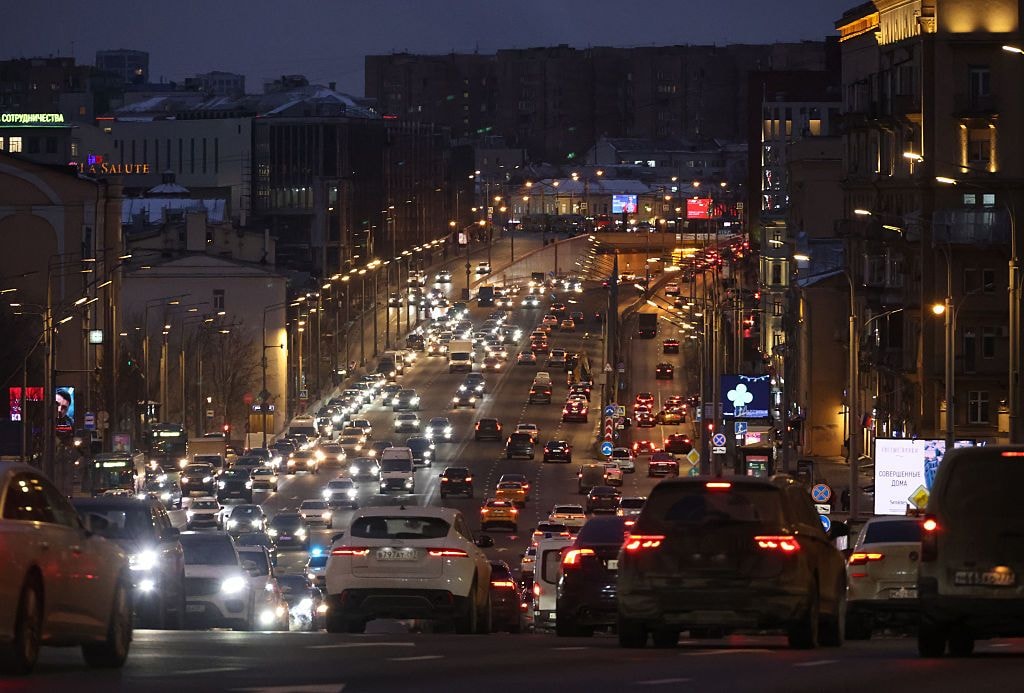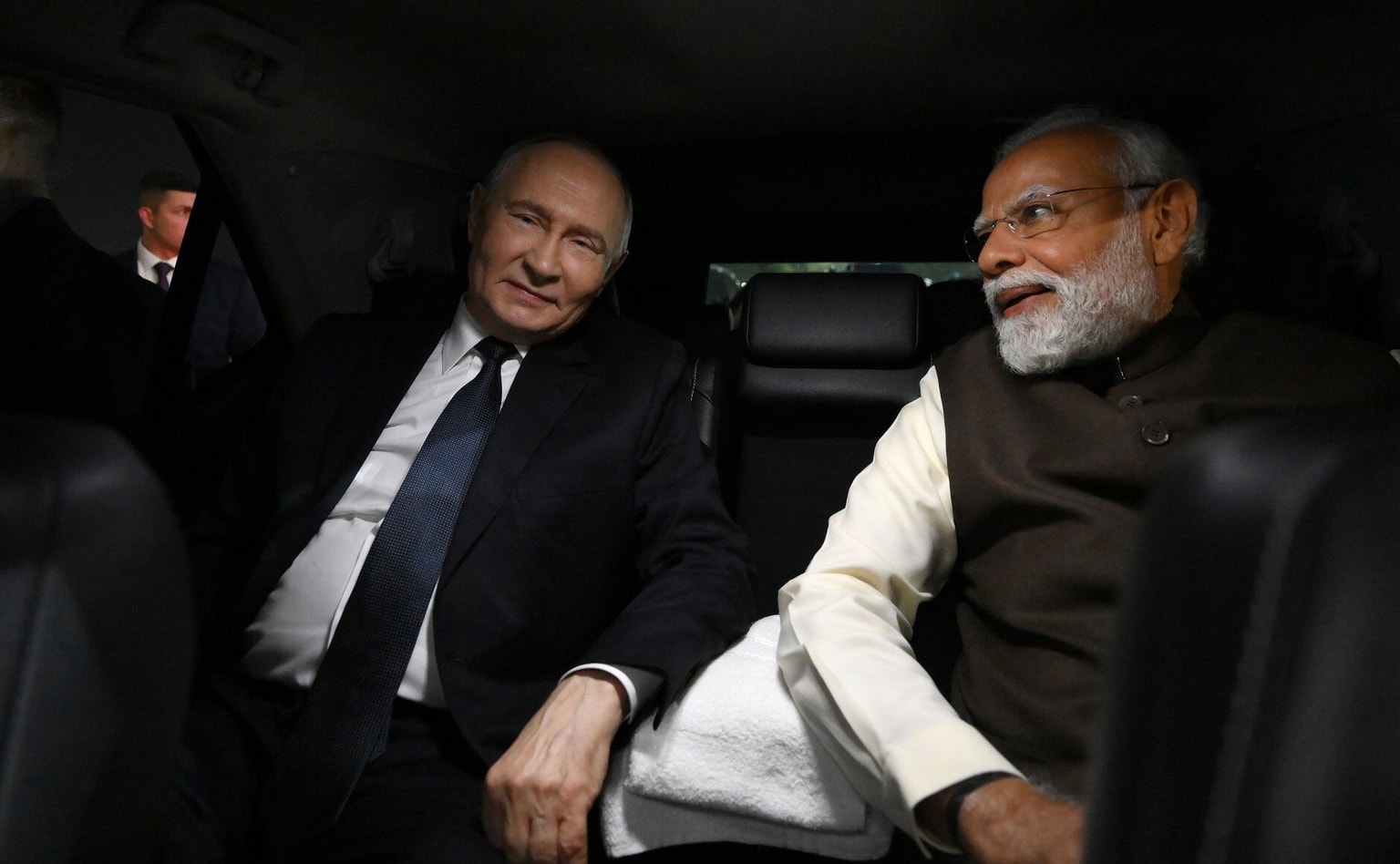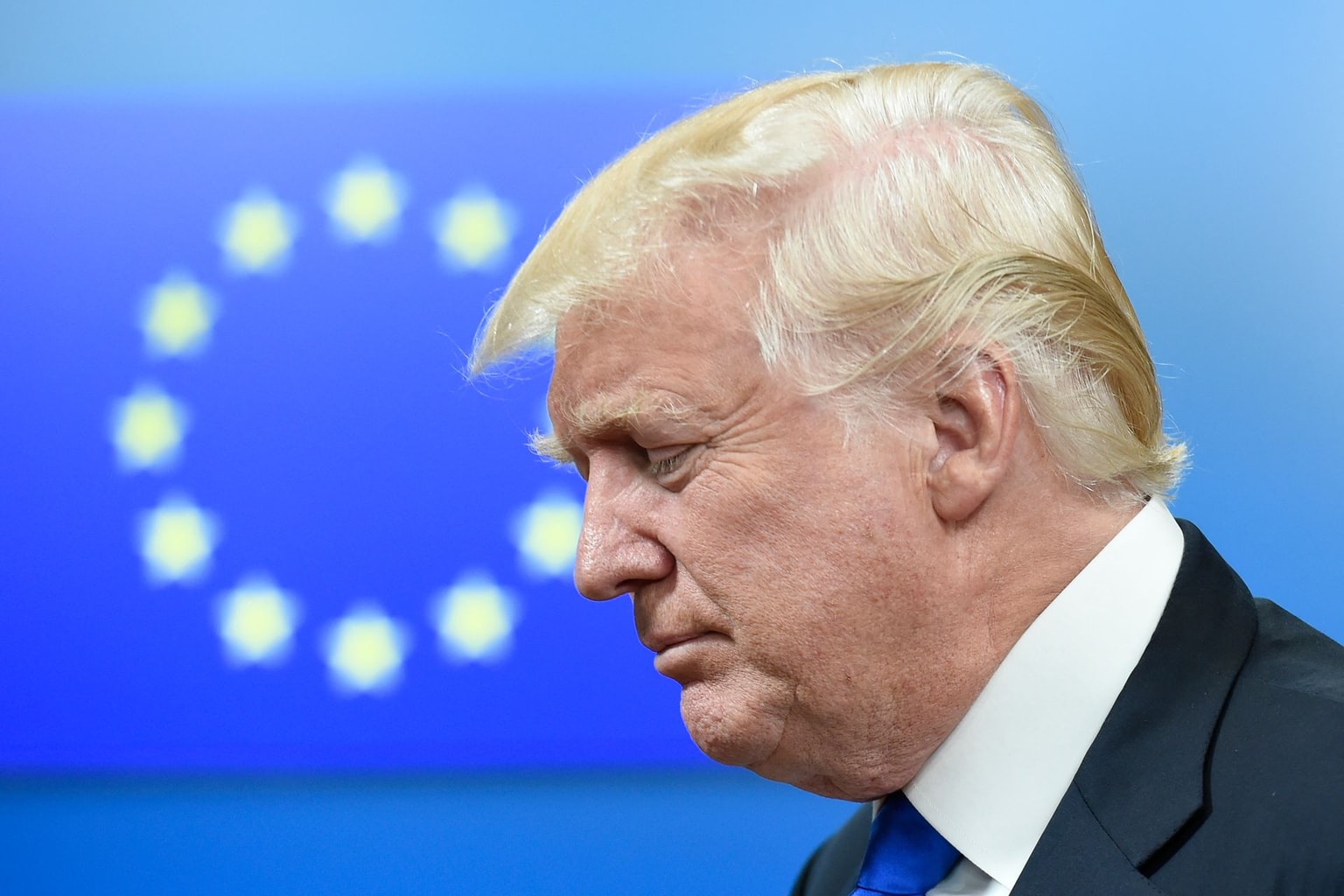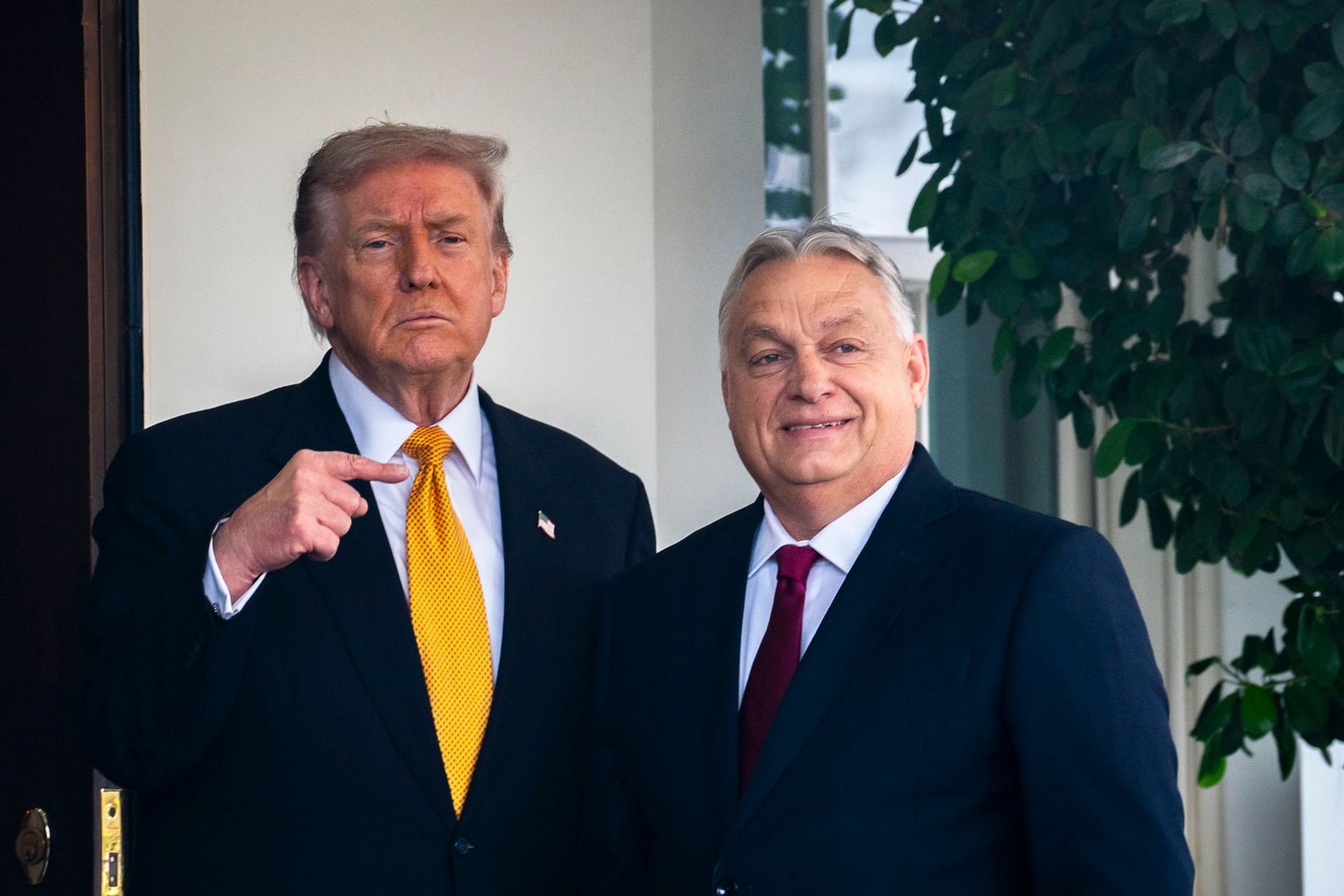Ukraine war latest: Putin ‘imposes’ martial law in Ukraine’s occupied regions as his proxies flee Kherson
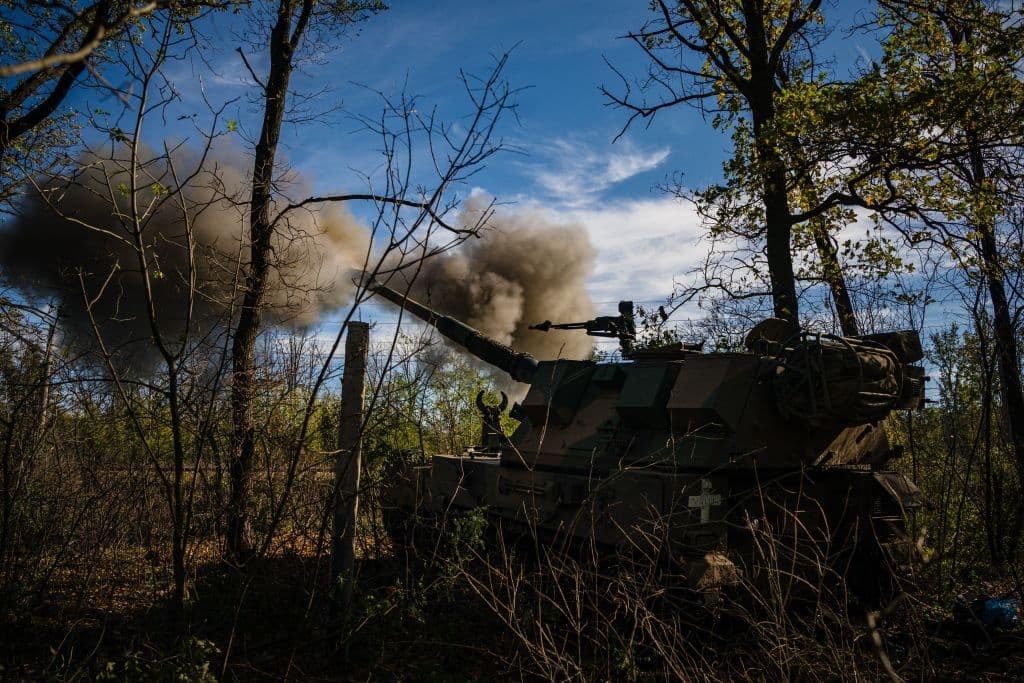
Key developments on Oct. 19
- Putin says he imposes martial law in Ukraine’s occupied regions
- Russian proxies to flee Kherson amid counteroffensive
- Another 8 bodies found in liberated Lyman, Donetsk Oblast
- Russia fires 4 missile strikes, 11 airstrikes across Ukraine
Russian President Vladimir Putin signed a “decree” on Oct. 19 to “impose” martial law in occupied territories of four Ukrainian regions that he had claimed as part of Russia in an illegal annexation attempt in September.
The martial law seeks to “allow” Russian proxies in occupied parts of Ukraine’s Donetsk, Luhansk, Kherson, and Zaporizhzhia oblasts to tighten censorship, restrict the movement of citizens, impose curfews, and relocate or deport residents living there.
On Oct. 19, Putin also signed another “decree” to establish "territorial defense" systems in Ukraine’s partially occupied eastern and southern regions under martial law.
Ukraine condemned Russia’s latest escalation.
Secretary of the National Security and Defense Council Oleksii Danilov called it “a preparation for mass deportation of the Ukrainian population” to Russia to change the ethnic composition of the occupied territory.
“(Putin’s decision is) a crime that should be condemned by the United Nations,” Danilov said on Twitter.
Advisor to the President’s office Mykhailo Podolyak said that it “does not change anything” for Ukraine.
“It should be considered only as a pseudo-legalization of looting of Ukrainians’ property,” Podolyak said. “This does not change anything for Ukraine: we continue the liberation and deoccupation of our territories.”
U.S. State Department deputy spokesperson Vedant Patel called it Moscow’s “desperate” move to tighten control of the occupied territories, saying that the “decree” has "no legal claim whatsoever.”
Deportation
Earlier on Oct. 19, Russian proxies in the mostly-occupied Kherson Oblast announced that they would flee the regional center nearly two months into Ukraine’s counteroffensive in the south.
Moscow-installed proxy leader Vladimir Saldo said that all Russian top proxies in Kherson, including himself, will move to the left bank of the Dnipro River. The city of Kherson stands on the right bank of the river.
Some 50,000 to 60,000 Kherson Oblast residents living on the right bank are also to be relocated to the left bank of the river, Saldo added. He called it the “organized displacement” that will concern residents in four communities near occupied Kherson.
Russian state news agency TASS reported that the relocation of residents had begun.
Saldo’s announcement is a stark sign that Russian proxies are expecting Ukraine to retake Kherson soon. Ukraine’s southern military command said on Oct. 18 that its forces were getting closer to Kherson but “there is still a lot more to be done.”
Regional deputy head Serhiy Khlan urged Kherson Oblast residents to ignore evacuation calls, comparing it to deportations carried out by Soviet authorities, and saying that Russia seeks to take Ukrainian civilians hostage.
Khlan said that the new base for Russian proxies can be the city of Henichesk, on the Sea of Azov, some 170 kilometers east of Kherson.
Battlefield development
Ukrainian forces are focusing on holding on to the liberated territory in Kherson Oblast while seeking counteroffensive opportunities, the southern military command reported.
Ukraine’s military positions in the south, including in areas near Kherson, are being shelled by Russian artillery, mortars, and tanks, according to the report.
On the eastern front, Russian forces also intensely shelled in the direction of Bakhmut, Lyman, and Avdiivka in Donetsk Oblast, according to Ukraine’s General Staff.
In neighboring occupied Luhansk Oblast, Ukrainian forces had repelled “several” attacks on Oct. 18, including in the direction of Bilohorivka, Governor Serhiy Haidai said.
Nine Iranian-made kamikaze drones attacked Ukraine throughout the day from Belarus, eight of which were shot down by Ukrainian forces, Ukraine’s General Staff said.
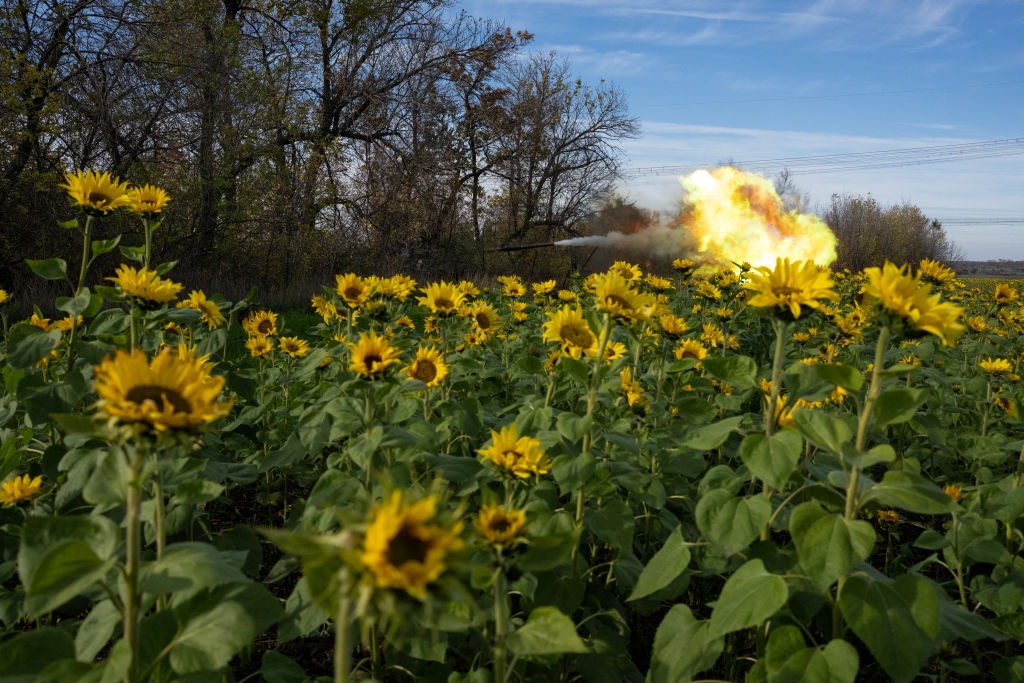
Casualties and attacks
Russian forces launched four missile strikes and 11 airstrikes across Ukraine on Oct. 19, according to Ukraine’s General Staff.
Death toll of civilians killed by Russian forces has been mounting in eastern Donetsk Oblast. Another eight bodies were found in the liberated city of Lyman. Four more civilians were killed across the region over the past day, Governor Pavlo Kyrylenko also reported on Oct. 19.
Blasts were heard in Kyiv on the afternoon of Oct. 19. Mayor Vitali Klitschko said that they were the sounds of “several” Russian missiles being shot down above Kyiv. No casualties or damage were reported.
Russia continues its attacks on Ukraine’s energy facilities. Russian forces struck undisclosed energy infrastructure in Vinnytsia Oblast and a power plant in the western region of Ivano Frankivsk, according to local authorities.
In occupied Enerhodar in southeastern Zaporizhzhia Oblast, Mayor Dmitry Orlov said that another overnight Russian shelling left part of the town without electricity and water.
Hostile treatment of Ukrainian staff at Zaporizhzhia nuclear power plant in Enerhodar continues. Head of the state nuclear energy company Energoatom Petro Kotin told AFP on Oct. 19 that “about 50” employees of the facility are in Russian captivity.
Of more than 150 staff of the Moscow-held plant captured since the start of the full-scale war, some were later released but “there are those whose fate is still unknown,” Kotin told AFP.



